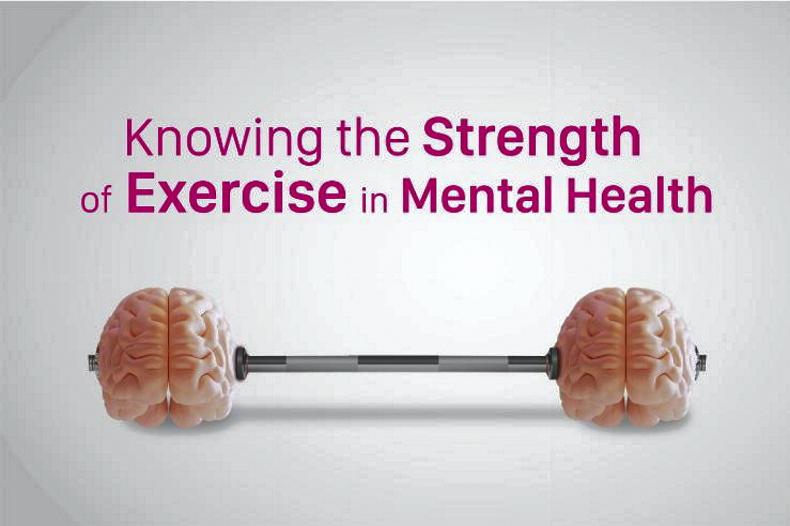WE know that physical activity is good for our body, but just as important is the fact that it’s great for our mind too. Research has shown that exercise releases chemicals in the brain that make us feel good. This leads to benefits such as boosting our self-esteem, helping us to concentrate, as well as sleeping, looking and feeling better. This cannot be bad for something we can quite easily do for free!
Being active doesn’t have to mean taking out an expensive gym membership, jogging at an unearthly hour of the morning or sporting unflattering Lycra! There are so many ways to be active and they can all help to improve our mental health. Sometimes the hardest part of all of this is to actually start to exercise. Once we do then it gets easier.
Taking part in physical activities can be a great way to meet people. It can also offer the opportunity to get a well-deserved break from the hustle and bustle of daily life. Leading an active life can help to improve our feelings of self-worth and foster confidence. Taking part in any form of exercise that we really enjoy can give us a goal to aim for and a sense of purpose.
BENEFITS
A few of the benefits of exercise are:
BEING ACTIVE
A very important starting point for many is to wonder how active we need to be. Any activity will be beneficial but we should aim to do 30 minutes of moderate exercise five times a week. It may sound like a lot, but it isn’t as daunting as it first appears.
What does moderate exercise entail? It really means being energetic enough that we breathe a little heavier than normal but aren’t out of breath, and that we feel warmer but don’t end up hot and sweaty.
We don’t have to jump in at the deep end. Build up the exercise programme slowly, at a pace that suits each of us. Some might like to do 30 minutes per day, or others may prefer to split their time into two 15-minute sessions. Whichever suits best is entirely up to each of us.
GETTING STARTED
This can sometimes be the major hurdle, but it is one worth getting over. The first thing to do is to make time. It is important to plan and work out what time we have available and then to choose something that fits into our individual schedule. Alternatively, we could re-jig some of our commitments to make room for a period of physical activity
Be practical when deciding what you are going to undertake. Ask yourself some questions such as will you need support from friends and family; will your active lifestyle have an impact on others in your life; and if there are any costs involved and what you can do to make it affordable?
Decide on which activity works for you. Is there a particular part of your body you want to exercise? Do you need to be more physically active at home? Do you want a change of scene? Would you like a structured activity that someone else has organised?
ROUTINES
It is important to make exercise a part of our daily life. Adopting a more active lifestyle can be as simple as listening to motivational music while doing the housework, or making small changes to our daily routine. At a very practical level, here are a few suggestions of activities you can do at home, at work or while out and about.
At home
At work
Out and about
PERSEVERE
As well as noting what you do, record how you feel. It can be a good way to remember the ups and downs and then work out how you’ll avoid repeating the downs. Setting goals to measure your progress might motivate you, and these could include:
If the original motivation was to complete a challenge, like doing a fun run or a hill climb, set your sights on a new event. You could join a new running club or rambling group. Perhaps there is a cause you’d like to fundraise for? There’s always a challenge out there if you’re willing to accept it.


 This is a subscriber-only article
This is a subscriber-only article
 It looks like you're browsing in private mode
It looks like you're browsing in private mode









SHARING OPTIONS: